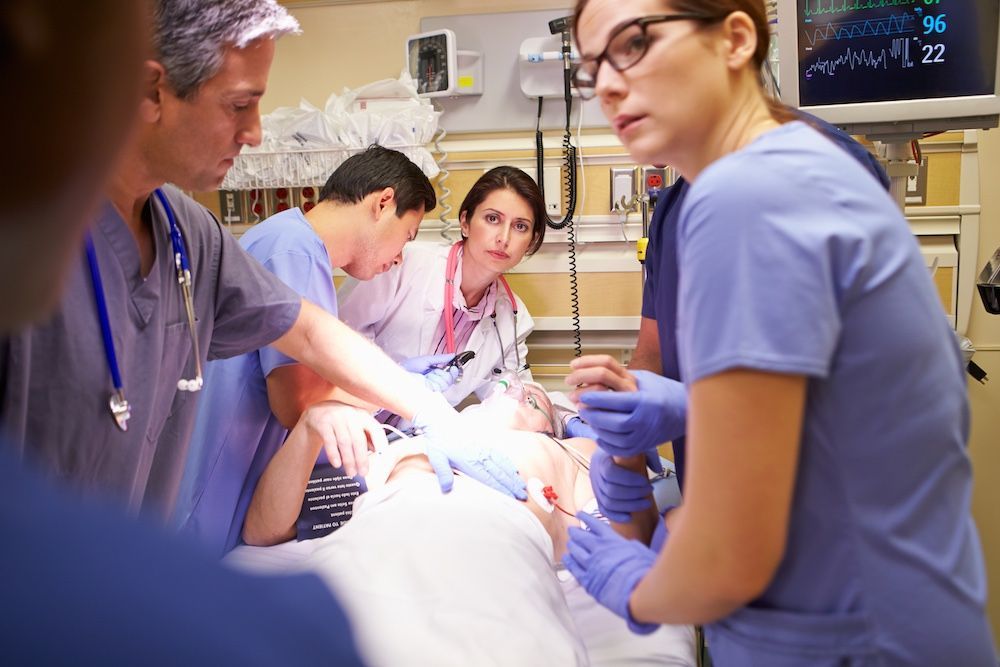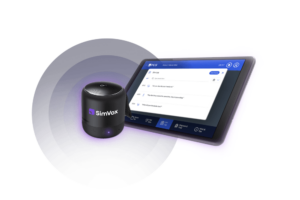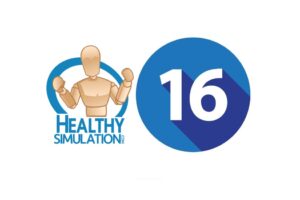Reduce Medical Errors and Enhance Patient Safety Through Medical Simulation
Patient safety is a high priority in healthcare organizations, and medical simulation educators play a vital role in designing effective clinical simulations to proactively identify and prevent future medical errors. Hospital simulation programs offer experiential learning opportunities to improve patient safety and reduce medical errors. In this article by Melissa Tully, a TeamSTEPPS Master Trainer, the “Black Box” method and innovative strategies to enhance patient safety in hospitals will be explored.
The Black Box Method
The “Black Box” method draws inspiration from flight data recorders that capture information about aircraft performance, cockpit communication, and environmental conditions. Similarly, an organization’s error and incident report system can inform immersive real-world simulations. Through collaboration with Risk and Patient Safety departments, educators create authentic learning experiences based on de-identified cases of recent medical errors or critical incidents that occurred in the hospital. The real cases guide the healthcare simulation educator in the development of scenarios that are applicable to the specific workplace and department along with the processes.
Sponsored Content:
Team Communication, Huddles, and “Hot Debriefings”
Establish team-based outcome measures and conduct “hot debriefings” after healthcare simulations to foster teamwork and ownership of patient outcomes. The term “hot” in hot debriefing signifies the immediacy of the debriefing session that occurs immediately after the clinical simulation, while the details are still vivid in participants’ memory. Expert debriefing techniques promote reflection and improvement that allow nurses to identify areas for growth. Regular debriefing becomes a role model for effective team huddles and contributes to a culture of safety. Learn more about team training at TeamSTEPPS.
Integration of Human Factors and Common Errors
Healthcare simulation scenarios that involve human factors such as fatigue, communication breakdowns, cognitive biases, and system vulnerabilities, allow educators to enhance clinicians’ awareness to enable them to proactively address these factors in their practice. Poor communication, such as unclear or incomplete information exchange between healthcare providers, can lead to misunderstandings, delays, and errors in patient care. Ineffective communication can occur due to hierarchical barriers, language barriers, distractions, or time pressures.
Sponsored Content:
Healthcare professionals often work long hours and face demanding workloads, which can result in fatigue and cognitive overload. Fatigue impairs attention, decision-making, and response times, and increases the risk of errors during critical tasks. Healthcare environments are often busy and dynamic, with numerous distractions and interruptions. These interruptions can divert attention, disrupt workflow, and lead to errors or omissions in medication administration, documentation, and critical decision-making.
Effective teamwork is vital for patient safety. However, breakdowns in teamwork and collaboration can contribute to errors. Lack of coordination, ineffective handovers, hierarchical barriers, and failure to speak up or advocate for patient safety can compromise the quality of care. Cognitive biases are inherent shortcuts in human thinking processes that can lead to errors in judgment and decision-making.
Examples of cognitive bias include:
- Confirmation bias: when one favors information that confirms pre-existing beliefs
- Anchoring bias: when one relies heavily on initial information
- Availability bias: when one overestimates the likelihood of events based on recent or vivid experiences
Poorly designed processes, equipment, or technology can contribute to medical errors. Complex workflows, unclear protocols, inadequate staffing levels, or the use of equipment that is outdated or has malfunctioned, can introduce risks and hinder safe and efficient patient care. Individual characteristics, such as knowledge, experience, competence, and personal attitudes, can influence error rates. Lack of adequate clinical training, competency gaps, overconfidence, or complacency can contribute to errors in clinical decision-making and performance.
In Situ Healthcare Simulation
The incorporation of evidence-based in-situ hospital simulation practices provides immersive and relevant learning experiences that uncover potential safety issues. In Situ or mobile simulation offers units and departments the opportunity to assess themselves and learn as a team that addresses department specific realities, challenges, and teamwork considerations. Collaboration with leadership and stakeholders for patient safety to conduct in-situ training in real work environments provides solutions to minimize distractions, provide replacement staffing, medical simulation zone, or area within the workspace, and provides access to up-to-date information, supplies, and resources. While there are multiple patient safety and privacy considerations, hard work will be rewarded. Learn more about how to safely take in-situ on the road.
Simulation-Based Training in the Emergency Room
Recognizing the need for enhanced team performance and reduced errors in trauma resuscitations, a comprehensive emergency simulation-based training program was developed and implemented in a pediatric urban emergency room within a level one pediatric trauma center.
The program began through the development of specific learning objectives, which encompassed effective communication, prioritization of interventions, teamwork, and adherence to evidence-based protocols. These objectives provided the foundation for creating realistic trauma scenarios that mirrored the errors and challenges encountered in actual trauma resuscitations. The error reduction program consisted of regular sessions that involved the entire trauma resuscitation team, which included physicians, nurses, respiratory therapists, EMTs, and other healthcare professionals. These sessions allowed participants to practice their skills in a controlled environment, and focus on specific trauma scenarios to refine their decision-making, communication, and coordination abilities. The debriefing process provided valuable feedback from peers and clinical simulation facilitators that foster self-reflection and reinforce best practices. The feedback aimed to improve teamwork, communication, and resource utilization among participants.
The outcomes of the healthcare simulation-based training program were measured via error reports and surveys were remarkable. Team communication significantly improved and led to enhanced coordination and a reduction in errors during information sharing. Streamlined decision-making became evident as participants became more proficient in the prioritization of interventions based on evidence-based practices. The program also fostered collaboration and optimized resource utilization during trauma resuscitations. Moreover, the program instilled confidence and preparedness among team members. Regular exposure to realistic trauma scenarios increased participants’ confidence levels, reduced anxiety, and facilitated effective decision-making under pressure. In conclusion, the implementation of a dedicated clinical simulation-based training program in the ER has demonstrated a significant impact on team performance and error reduction during trauma resuscitations. The error reduction program focused on specific learning objectives, utilized realistic scenarios, and conducted structured debriefings that led to success in improved team communication, decision-making, collaboration, and preparedness. Ultimately, these enhancements translated into improved patient outcomes and elevated patient safety in high-pressure trauma resuscitations.
View the HealthySimulation.com LEARN CE/CME Platform Webinar Saving Lives Systematically: Medical Simulation as a Patient Safety Tool in Healthcare to learn more!
Enhancement of patient safety and reduction in medical errors in hospitals requires a multifaceted approach. Through the employment of strategies like the “Black Box” method, team communication, and in-situ simulation, healthcare simulation educators can create impactful experiential learning programs. These programs empower healthcare professionals to develop critical thinking skills, make sound decisions, and contribute to a culture of patient safety.
Learn More About Simulation for Patient Safety to Safe Hospitals Money!
Melissa Jo Tully, BSN, MHPE, RN-BC, is a highly accomplished healthcare professional passionate about education and patient safety. With a Master’s degree in Health Professional Education from the College of Medicine at Vanderbilt University, Melissa has honed her expertise in developing innovative programs to enhance healthcare performance and quality. As an experienced nurse, Melissa followed her passion for lifelong learning by exploring nursing specialties through her early nursing career as a float nurse, including working in critical care, emergency room, labor and delivery, and hospice. Melissa brings a wealth of knowledge and experience to her role. Since 2009, she has been dedicated to simulation-based education programs, both brick-and-mortar and virtual. Driven by a deep-rooted desire to enhance patient safety and quality of care, Melissa continuously seeks opportunities to push the boundaries of simulation-based education. Through her expertise and leadership, she inspires and empowers healthcare professionals to strive for continuous improvement and positively impact patients’ lives. Melissa Tully is a trailblazer in healthcare simulation education, and her dedication to advancing the field is evident in her contributions and achievements.
Sponsored Content:
